Radiation Detectors Questions & Answers
1. Which of the following is not a type of radiation detectors?
a) Geiger Muller counter
b) Proportional counter
c) Semiconductor detector
d) Flame emission detector
Answer: d
Explanation: Flame emission detector is not a type of radiation detector. Radiation can be detected by several methods.
2. ‘When nuclear radiations pass through, gas ionization is produced.’ This is the principle of which of the following detectors?
a) Proportional counter
b) Flow counter
c) Geiger Muller counter
d) Scintillation counter
Answer: c
Explanation: ‘When nuclear radiations pass through, gas ionization is produced.’ This is the principle of which of Geiger Muller counter. It is used to measure the intensity of radioactive radiation.
3. Which of the following acts as quenching gas in Geiger Muller counter?
a) Alcohol
b) Argon gas
c) Krypton
d) Hydrogen
Answer: a
Explanation: Alcohol acts as quenching gas in Geiger Muller counter. It is present in a gas tight envelope along with the electrodes.
4. Which of the following acts as ionising gas in Geiger Muller counter?
a) Alcohol
b) Argon gas
c) Krypton
d) Hydrogen
Answer: b
Explanation: Argon gas acts as ionising gas in Geiger Muller counter. It is present in a gas type envelope along with the electrodes.
5. Which of the detectors is similar to Geiger Muller counter in construction but is filled with heavier gas?
a) Proportional counter
b) Flow counter
c) Semiconductor detector
d) Scintillation counter
Answer: a
Explanation: Proportional counter is similar to Geiger Muller counter in construction but is filled with heavier gas. The output is proportional to the intensity of radiation incident on it.
6. Which of the following gases are used in proportional counter as the ionising gas?
a) Alcohol
b) Argon gas
c) Krypton
d) Hydrogen
Answer: c
Explanation: Proportional counter is filled with krypton. It acts as ionising gas. Xenon can also be used.
7. Which of the following is the main disadvantage of solid state semiconductor detector?
a) Low accuracy
b) Low sensitivity
c) It should be maintained at low temperature
d) High pressure has to be produced
Answer: c
Explanation: The main disadvantage of solid state semiconductor detector is that it must be maintained at low temperature. This is necessary to reduce noise and to prevent deterioration of detector characteristics.
8. Scintillation detector is a large flat crystal of which of the following materials?
a) Sodium chloride
b) Sodium iodide
c) Sodium sulphate
d) Sodium carbonate
Answer: a
Explanation: Scintillation detector is a large flat crystal of sodium iodide. It is coated with thallium doping.
9. When X-ray enters the solid state detector it produces ion pair rather than electron-hole pair.
a) True
b) False
Answer: b
Explanation: When X-ray enters the solid state detector it produces electron-hole pair rather than ion pair. The output signal is taken from an aluminium layer.
10. Which of the following materials are used as the insulation between inner and outer electrodes of the ion chamber?
a) Polythene
b) Plastic
c) Polytetrafluoroethylene
d) Polyacrylamide
Answer: c
Explanation: Polytetrafluoroethylene is used as the insulation between inner and outer electrodes of the ion chamber. The material has very high resistance.
11. Liquid samples must be counted using ionization chamber by placing them in which of the following?
a) Test tube
b) Curvette
c) Ampoules
d) Flask
Answer: c
Explanation: Liquid samples must be counted using ionization chamber by placing them in ampoules. The ampoules are placed in the chamber.
12. Gaseous compounds containing radioactive sources can be directly introduced into the ionization chamber.
a) True
b) False
Answer: a
Explanation: Gaseous compounds containing radioactive sources can be directly introduced into the ionization chamber. Liquid samples cannot be introduced directly.
13. Liquid Scintillators are used for which of the following materials?
a) Low energy beta materials
b) High energy beta materials
c) Low energy gamma materials
d) High energy gamma materials
Answer: a
Explanation: Liquid Scintillators are used for low energy beta materials. Solid scintillators are used for high energy beta materials.
14. Given below is the block diagram of proportional counter. Identify the unmarked component.

a) Collimator
b) Detector crystal
c) Pre-amplifier
d) Position logic circuit
View Answer
Explanation: The unmarked component is pre-amplifier. There are two amplifiers namely pre-amplifier and main amplifier.
15. Given below is a diagram of Scintillation detector. Identify the unmarked component.
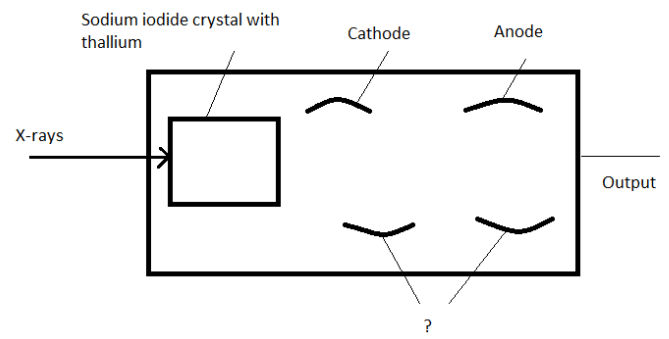
a) Lens
b) Collimator
c) Dynodes
d) Focussing cup
Answer: c
Explanation: The unmarked components are dynodes. Scintillation detector is a combination of scintillator and photo multiplier tube.







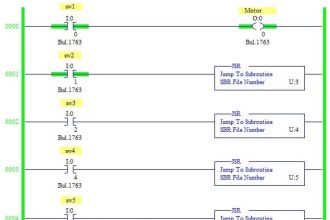

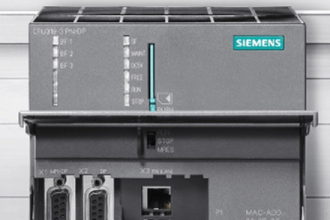
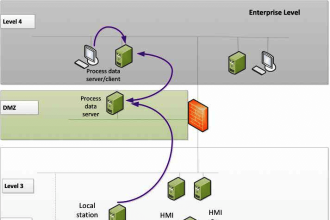
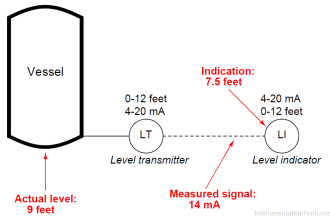
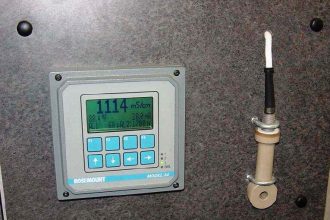
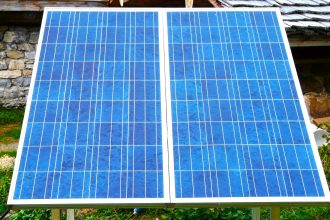
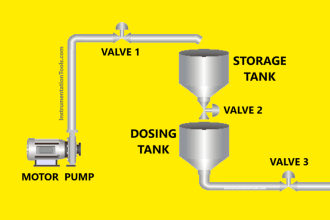

Very good collection of mcqs
helps to quick glance…